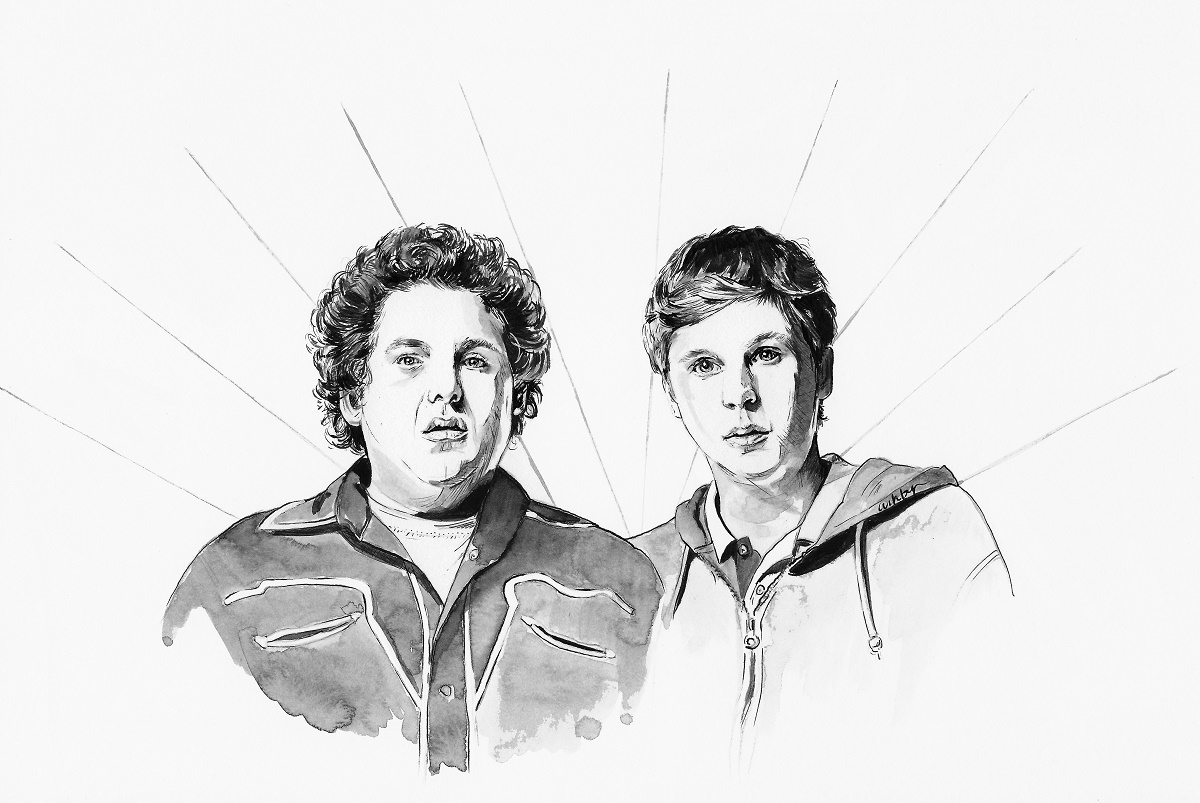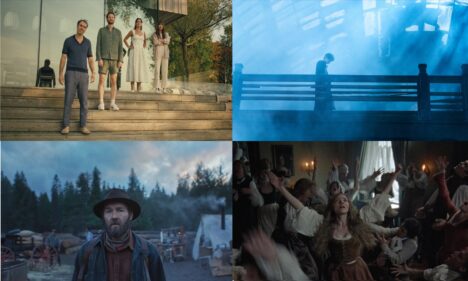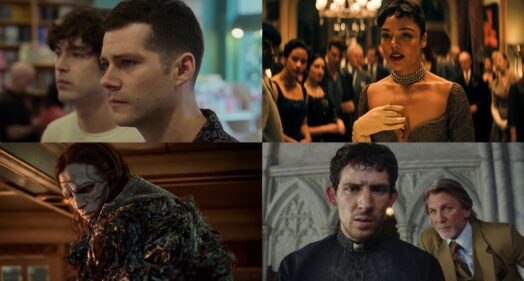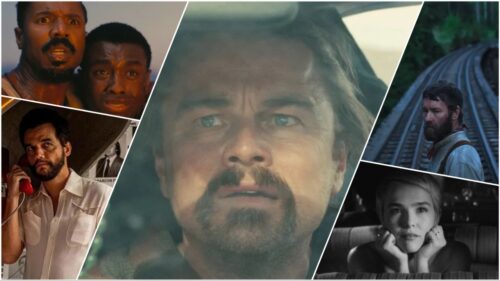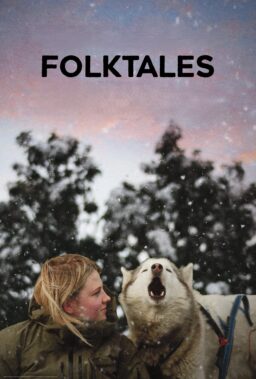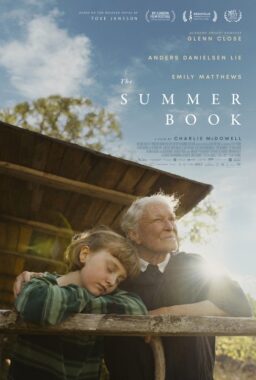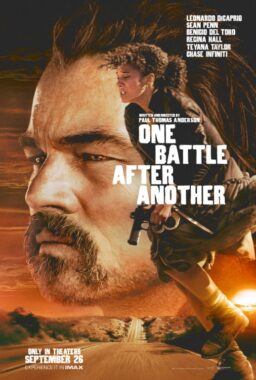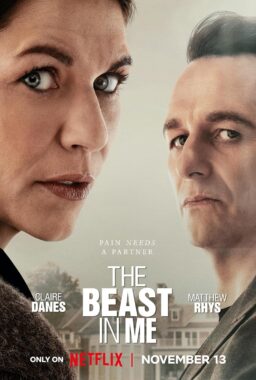The brilliant team at “Bright Wall/Dark Room” have released their Seotember 2015 issue today, entitled, “Teenagers” which includes the following piece by Charles Bramesco on “Superbad.” In addition, the issue also features essays “Pretty in Pink,” “Heathers,” “Fast Times at Ridgemont High,” “Empire Records,” “Elephant,” “Stealing Beauty,” “Charlie Bartlett,’ and a British television show called “My Mad Fat Diary.” Read more excerpts here and you can buy the magazine on your iPhone and iPad here, or sign up for the web-based online version here. The illustration above is by Brianna Ashby.
Bill Hader and co-scriptwriter Seth Rogen appear in the high
school comic odyssey “Superbad” as a pair of aloof, fun-lovin’cops who take chronic
third-wheeler Fogell (alias: McLovin, played indelibly by Christopher
Mintz-Plasse) out for the night of his life in a freewheeling B-plot. Look
closely at their costuming and you’ll see that the patches stitched onto
their uniforms read “CLARK COUNTY POLICE DEPARTMENT,”
in reference to the sprawling Nevada county that contains the greater Las Vegas
area. This easily-missed detail constitutes the lone means of determining
where, exactly, “Superbad” is supposed to take place. Fogell and
soft-spoken niceguy Evan (Michael Cera, attaining some lofty Platonic ideal of
Michael Ceraness) plan on shipping off to start their freshman year at
Dartmouth College in the fall, and a cokehead at a party mentions that his
brother came in all the way from Scottsdale, Arizona. But apart from those
fleeting, inconsequential markers, “Superbad” is a film that exists
outside of place, unstuck in America, nowhere and everywhere.
Though audiences walking out of “Superbad” may have
difficulty pointing out where it takes place on a map, all viewers recognize
the setting immediately as The Suburbs, the faceless expanse of middle-class
flatland that encircles every major metro area and stretches across the
landlocked states for uninterrupted miles. Small-time consumerism defines the
face of the town, and the time not spent huddled around glowing TV sets in cool
basements or in bedrooms full of stale air is instead squandered at convenience
stores or malls. It’s like a Norman Rockwell painting, but
without the delusions of genteel small-town values; kids loiter outside the
liquor mart, needling strangers to buy them beers, while seniors play hooky
during fourth period.
The thematic, capital-S Suburbs also exist as a distinctly
teenage milieu, inviting the sort of adolescent perspectives that only Evan and
his inseparable best friend Seth (multiple Academy Award nominee Jonah Hill)
can offer. We all know the darkly existential suburbs that provoke crises of
identity in married couples like Lester and Carolyn Burnham (“American
Beauty”) or Frank and April Wheeler (“Revolutionary Road”), but the
ennui of “Superbad”’s suburbs signifies mere dullness, not
hollowness. After all, for Seth and Evan, life has yet to start. The faceless
setting of the film acts as a holding zone, a sort of purgatory in which they
must toil before the wonders of college—and, more critically, excursion into
the outside world—may begin. Evan’s got a big bright
future ahead of him, and the frightening realization that Seth may not share
those prospects threatens to tear their friendship asunder. They generate drama
through their ability (or failure) to grow out of the suburbs; while Evan’s
somewhat prepared for the wide road before him, Seth’s a little too
content in his own enclave.
“Superbad”’s suburban milieu holds onto its
resident nobodies by its very smallness and insularity. This type of
neighborhood breeds lifer types—it’s not hard to
imagine that Hader and Rogen’s cops once pedaled trikes around the
very same streets that they patrol during the film, as they confide in Fogell
that they miss their own days of mischief-making. There’s comfort to be had
in knowing just where everything is in a town, as if a community bubble could
slow the crazy inexorable march of time to a standstill.
Director Greg Mottola’s editing strategies, along with Rogen
and Goldberg’s day-in-the-life plot structure, underscore the spatial
relationships between the settings of various scenes and convey the coziness
and constraint that characterizes the ‘burbs of Clark County. At its essence,
everything in “Superbad” revolves around transportation. Like “American
Graffiti”—the Rosetta Stone of teen coming-of-age films, if ever there
was one—personal agency hinges entirely upon the ability to get from
one place to another. (“Superbad”’s slice-of-life hangout vibe
evokes the feel of another high school classic, Richard Linklater’s
epochal “Dazed and Confused.”) In metropolitan areas, everything worth
going to beyond a walkable radius can be easily accessed via a public
transportation system. But in the loosely-connected network of third spaces
that makes up the suburbs, a young man must have a car if he wishes to do—or
be—anything. In their script, Rogen and Goldberg expend no
shortage of effort depicting the various methods by which Seth and Evan amble
their way from locale to locale. Seth picks Evan up to drive him to school in
the morning. From there, they park at the corner convenience store, and then
walk to school, taking Seth’s car to Evan’s house after class
gets out. They have to take the bus to the supermarket, then again to the
liquor store, all before hitching a ride with the squeaky-voiced weirdo played
by Joe Lo Truglio. Goldberg and Rogen want the audience to be aware of the
paradoxical geographical outlay of Clark County’s suburbs, where
everything’s simultaneously too close together yet far away enough to
be inaccessible. The rhythms of the film’s edits reflect the
vital necessity of transportation as well. Instead of cutting away from one
scene to an establishing shot of the next location and placing the characters
directly into the new space, the scenes bleed into one another. The state of
being in transit is a location all its own, a zone into which the camera
follows Seth and Evan.
But that sensation of general smallness extends beyond “Superbad”’s roadmap into the film’s overarching stakes. As films that
center on climactic parties go (a teen film genre with no small number of
entries), “Superbad” keeps it comparatively low-key. Unlike the
earth-shaking centerpiece of “Project X,” the bash late in “Superbad”’s
second act kind of, well, sucks. By the time Seth and Evan make their delayed
arrival, the scene’s crawling with over-inebriated
teenagers. Rogen and Goldberg waste no time in dismantling the one force that’s
driven the motion of the film—Evan’s crush Becca
(Martha MacIsaac) couldn’t care less that he’s
failed to bring her her prized Goldslick vodka. Seth and Evan both strike out
in comparably spectacular ways, with Seth inadvertently headbutting Jules (an
early-career Emma Stone, a treat) and Evan narrowly avoiding a shotgun blast of
projectile vomit from Becca. They don’t lose their virginities, and it’s
not a night they’ll cherish for the rest of their
lives. It’s another deadbeat summer night in a town where not much of
anything happens.
Rogen and Goldberg also use subtler methods to convey the
intrinsic smallness of Seth and Evan’s hometown. One specific detail—slight
enough to be written off as a quick gag—speaks volumes about the suburban
sprawl’s sensation of enclosure. During Fogell’s
first unsuccessful attempt to purchase liquor, he nervously drops a sixer of
beers, and they explode all over the floor. The attendant who comes to clean
them up looks forlornly down at the floor and groans, resigned to his fate, “fuck
my life.”It
appears to be a one-off laugh until Seth and Evan make it to the seedier party
later on. The same attendant bursts through the door with a box of liquor
bottles in hand and excitedly announces his intentions to get fucked up. This
is precisely how life works in the suburbs; you keep running into the same
people everywhere you go. The likes of “The Simpsons” and “Parks and
Recreation” have pulled this same trick to establish a sense of continuity
and familiarity that both rewards repeat viewers and creates the illusion of a
living township. It’s tougher to do on film than in
television, which has the benefit of longevity on its side. But with this
peripheral detail, the film cements its own sense of suburban realism.
For many suburb-dwellers, the cumulative effect of all this
smallness is a sense of anticipation, an eagerness to go out into “the
world” (anything
from military service to the workforce to higher education) and begin life
proper. For some, however, a suburban neighborhood can become womb-like—comforting,
warm, and nurturing while also retarding meaningful growth. Seth falls into the
latter category and Evan the former, and the film’s emotional crux
hangs on the friction generated by that difference. Seth constantly bitches
about their suburban enclave’s lameness, but it’s
not hard to see that he’s extremely comfortable. He’s
got a handle on the terrain. He understands how the system works and how to
game it (as we can see from his brash choice to park in the teacher’s
lot in the morning). He’s riding high as a senior coming up on
graduation week, flouting school rules at every turn. The prospect of an
impending change-up is threatening to him—it would disturb
his happy stasis. Doubly so, since his other half Evan plans on expanding his
personal sphere all the way out to private college in another part of the
country while Seth sticks around at a state school.
In their climactic confrontation, Seth accuses Evan of not being
a supportive friend, and Evan counters with the far more reasonable accusation
that Seth’s holding him back. Seth’s underlying excess
of fondness for his neighborhood turns high schoolers into townies, and Evan’s
bound for greater things. Not coincidentally, the film ends with the pair
moving in opposite directions, their lines of sight slowly severed as the
camera moves down the escalator.
It’s a rather mournful ending for a film
as funny as “Superbad.” Rogen and Goldberg find so much humor in the
particulars of life as a bored seventeen-year-old, from the discreetness of
porn site titles to denim tightness. They’re experts when it
comes to crafting the disposable babble that bored kids use to kill time until
something—anything—happens. “Superbad” exists in the
time directly preceding that moment when things begin to happen, spinning the
ennui unique to the suburbs out of drunken adolescent ramblings. To crib a
phrase, it’s only teenage wasteland.
